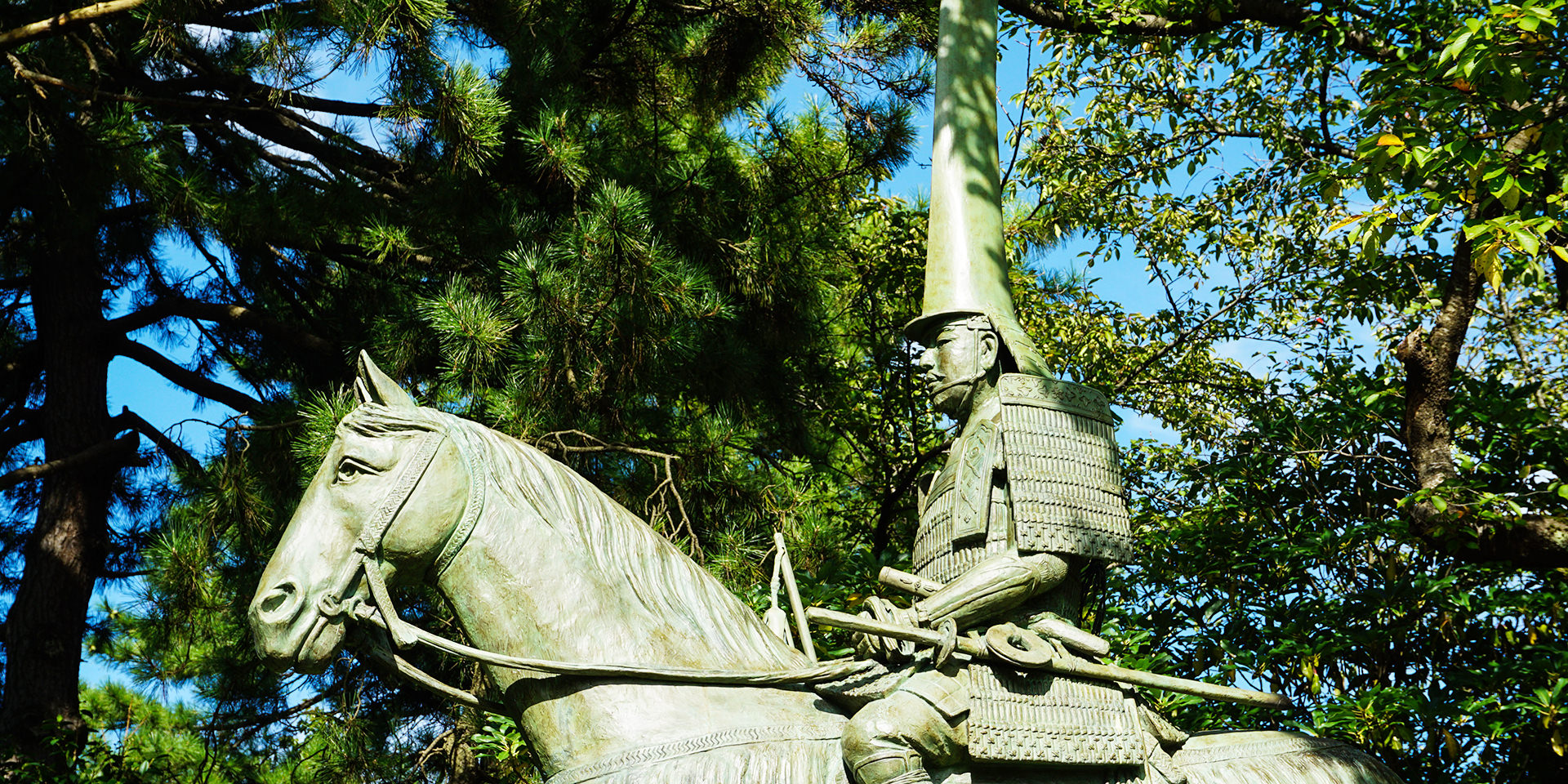About SEOCompany
About Takaoka City, Toyama Prefecture of Japan

Toyama Bay is located on the right-hand side of Noto Peninsula, which is located on the Sea of Japan side of the country. Toyama Prefecture faces the bay. In addition to facing the sea that hauls in abundance of seafood such as yellowtail, firefly squid and white prawn among others, the Southern side offers a 3000-meter mountain range, making Toyama a rich natural environment surrounded by mountains and the sea. As for the weather, all of Toyama is a heavy snowfall region, so even the planes could accumulate over 50cm of snow per year, but on the other hand, it may record the highest temperature in Japan during the summer, so Toyama has great variance throughout the four seasons. Takaoka City is in the Western region of Toyama Prefecture and is the central city in the area. From its Takaoka copper-ware and Takaoka lacquer-ware traditions, aluminum industry developed, so it is a city specializing in a wide variety of manufacturing.
About Takaoka Copperware
Takaoka city, Toyama Prefecture, is a large industrial region that manufactures what is known as the "Takaoka Copperware" consisting of traditional Buddhist altar equipment, flower vase, bronze statues, arts and crafts. Metalwork industry has prospered since the past and its history dates back to about 400 years. It began when the first lord of the Kaga Clan, Toshinaga Maeda, entered the castle during the 16th year of the Keicho Period (1611 CE). He invited 7 metal founders from the Western Kanaya Town - litterally a blacksmith town - (a bordering city of current Tonami and Takaoka City) to the current Kanaya Tow of Takaoka City and built 5 factories as a part of an industrial policy to prosper the castle town. At the time, the Senbo river which flows along the Kanaya Town was the main stream of the Sho river so it was large with about 100m width. Therefore, high quality river sand was available nearby and large amount of water could be used which made it an ideal casting location, so the metalworkers in Kanaya received great patronage from the Kaga Clan and Takaoka’s metalworking industry prospered greatly.

After moving into Takaoka Castle, Lord Toshinaga’s life came to an end just five years later. The following year, the Tokugawa Shogunate established “One castle per one feudal domain” system, and since the Kaga clan already had the Kanazawa castle, it had to abandon the castle inTokaoka, and the samurais relocated to Kanazawa.
The new Lord Toshitsune insisted that Takaoka, where the bodhi temple Zuiryuji of the former lord Toshinaga exists, should not become a ruin and gave an official order preventing the common folks from leaving Takaoka where the population had decreased drastically after the samurais moved out. Hence, the foundation of Takaoka City’s casting industry was formed by both Lord Toshinaga and Toshitsune approximately 400 years ago.
At the time, cast products, made with iron sand as the material were pots, rice cookers, agricultural equipment, hoes, and kitchen goods, but then it started to produce cast copper-ware as well. This is how the Takaoka copperware began, and it currently holds the national designation as Japanese Traditional Craft.
Takaoka’s metal industry is a relatively small group of craftsmen that have been producing prototypes and molds, dissolving metal and pouring it into the molds to make cast products. The craftsmen also colored, inlayed and carved to make complete products in this integrated system in the past.
As the industry expanded and demands grew, craftsmen were able to focus on a specific specialty. With the division of labor where experts became in charge of each stage of work, it increased the production output and improved the quality of work as well, and to this day, the region continues to possess a great variety of metalworking skills and crafts.